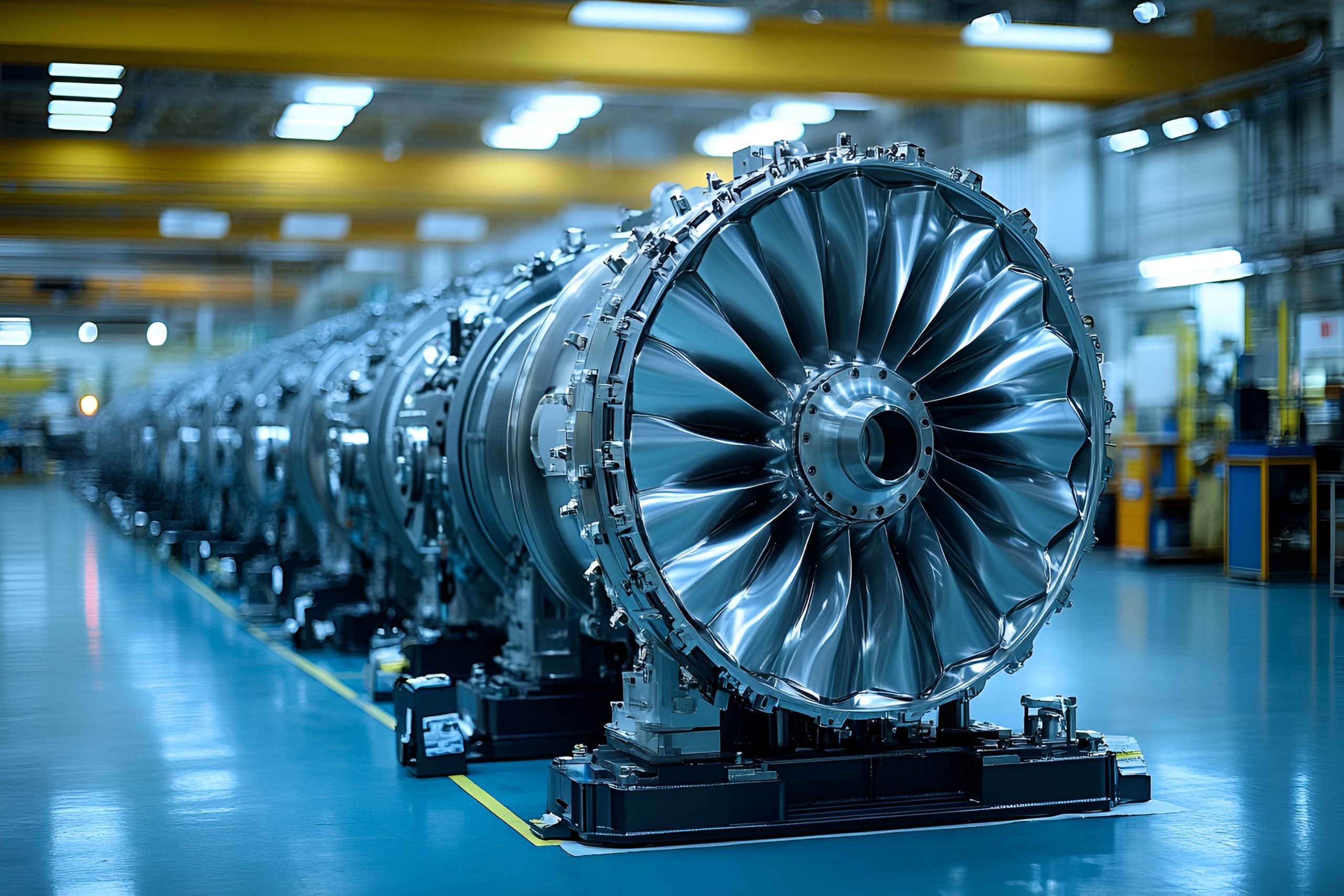Metal binder jetting (MBJ) is gaining real traction as industries look for smarter ways to make complex parts—especially when extreme heat and demanding geometries are involved. One area where this technology is showing serious promise? Turbochargers. A study from Forgiarini, Berg Lissel, Beamer, Noronha, and Sponseller dives into how MBJ can be used to manufacture superalloy turbine wheels—components that operate in some of the harshest conditions around.
Rethinking Turbo Manufacturing
Turbocharger turbines don’t exactly live an easy life. They spin at over 100,000 RPM and endure nonstop thermal and mechanical stress. Traditionally, these parts are cast or made using metal injection molding (MIM), both of which come with drawbacks—think costly tooling, long lead times, and limited design freedom.

The research team set out to test whether binder jetting combined with sintering could offer a better way forward. Using a nickel-based superalloy designed for high-temperature environments (likely in the Inconel or MAR-M247 family), they printed and processed fully functional turbine components—no molds, no machining, just powder, binder, and heat.
What They Found
Printability and Process Optimization
The team tuned their process to get reliable results. Their goals were pretty straightforward: control density and shrinkage during sintering, preserve surface details, and make sure the “green” parts (before sintering) were strong enough to handle post-processing.
The printed parts hit all the key targets, especially in achieving complex features like thin turbine vanes and internal passages. From a design perspective, binder jetting cleared hurdles that would slow or stop traditional methods.
Material Performance That Holds Up
From a mechanical standpoint, the results were solid. After sintering, the parts reached over 97% relative density. Strength, hardness, creep resistance, and fatigue life all compared well with parts made by casting or MIM.
In other words, performance wasn’t sacrificed for convenience. With the right process controls, these parts can take the heat—and the load.
Why MBJ Makes Sense
A few standout advantages emerged
- No need for tooling, which lowers startup costs
- Faster turnaround, shaving lead times from months to weeks
- Greater design freedom, with shapes you can’t easily cast or mill
- Less waste, since there’s no need for machining or sprue removal
The researchers also noted that hot isostatic pressing (HIP) could improve the properties further—but it’s not a requirement for every application, which keeps costs in check.
Beyond the Lab: Why This Matters
What makes this study stand out is that it doesn’t just theorize—it builds real parts and puts them through testing. The turbine wheels weren’t just printed; they were evaluated, compared, and benchmarked. For manufacturers, this is a signal that MBJ isn’t limited to prototyping anymore.
It also opens the door to some big picture wins:
- Faster design iterations for high-temp, rotating parts
- More resilient supply chains thanks to distributed manufacturing
- The ability to use reclaimed superalloy scrap as feedstock—supporting sustainability goals without compromising quality
For industries like aerospace and automotive, this is more than interesting—it’s actionable.
What’s Next for Binder Jetting?
There’s still work to do. Powder handling, shrinkage prediction, and qualification frameworks need to evolve. But this study is proof that MBJ can handle mission-critical, high-performance parts—at scale.
As machine platforms from HP, Digital Metal, Desktop Metal, and GE continue to mature, and suppliers like Continuum Powders push the boundaries of powder quality and consistency, the industry is edging closer to mainstream adoption.
Final Thought
Forgiarini and the team have given the industry something rare: a practical, thoroughly tested look at binder jetting’s role in making superalloy turbine components. It’s a reminder that with the right materials and smart process control, we don’t have to choose between performance and progress.
Contact us today to learn more about how Continuum Powders can help you achieve your advanced manufacturing goals.